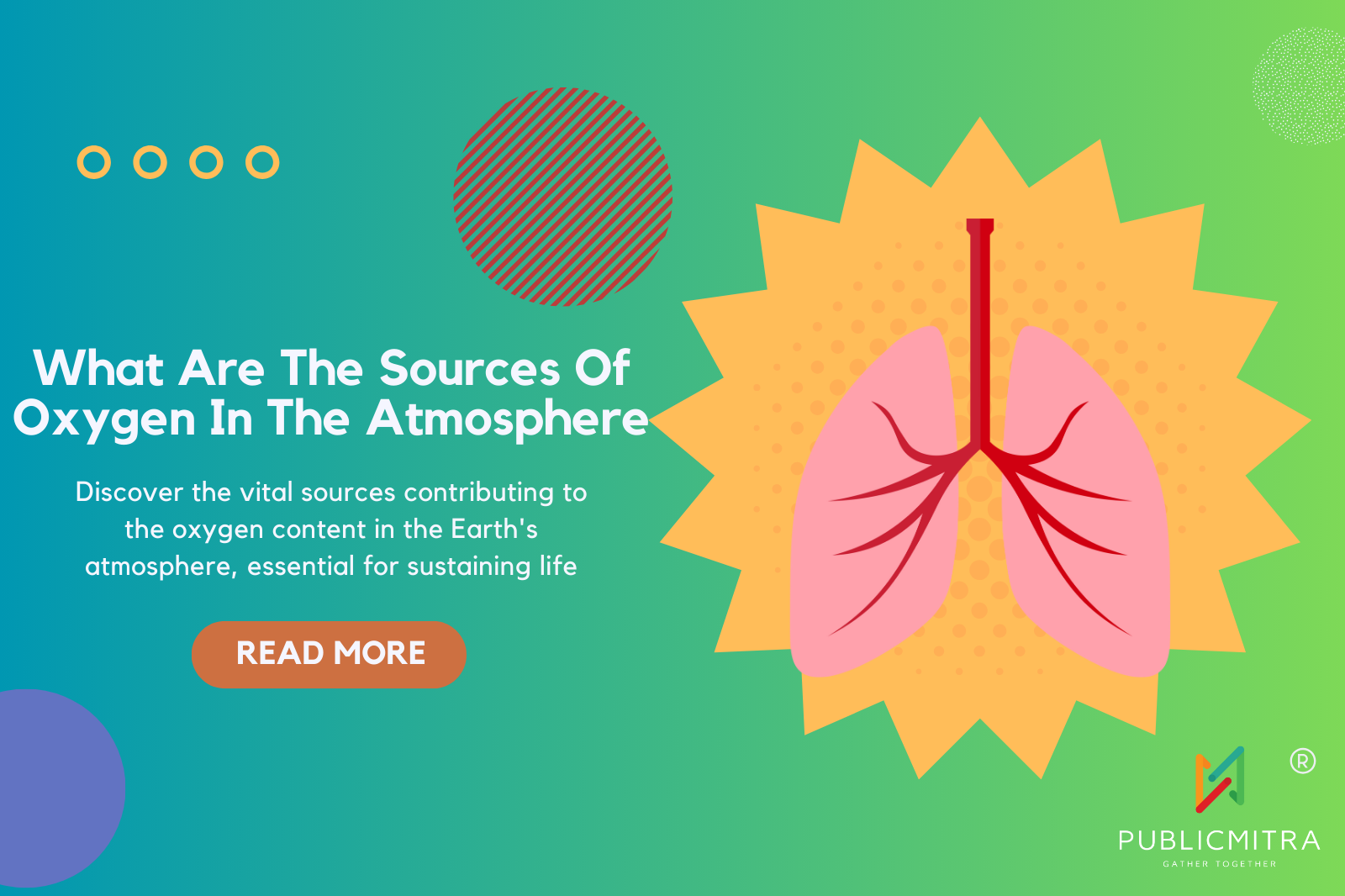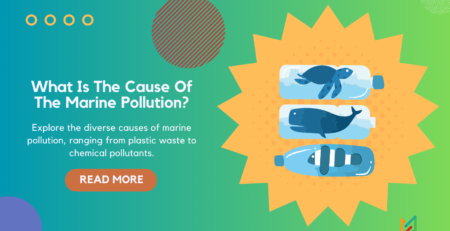What Are The Sources Of Oxygen In The Atmosphere
A human is indebted to inhale oxygen to live, and so are other living beings except for the plants that inhale carbon dioxide. Do you know that a human needs a minimum of 95% oxygen to live his daily life?
But the question is, how are we getting the oxygen to breathe? If you wondered about the sources from which you get oxygen, then you’ll be stunned to know.
28% of the oxygen comes from rainforests, whereas 50–80% comes from marine plants in the ocean, and the rest of the percentage is hardly 2%; it comes from other sources.
50 to 80% could lead majorly in the “photosynthesis” way.
The phenomenon of photosynthesis is known to all of us. While the plant releases oxygen as a byproduct by utilizing the sun and carbon dioxide for the sole purpose of storing energy from the sugars it produces,
Plants could of course release a lot of oxygen for us to live, but as long as we preserve the plants, whether they’re on land or in water, we can live with oxygen.
You know that the organism named Prochlorococcus is the largest producer of oxygen. It is so small that it can make space in a drop of water for millions of them alike. But logically, though there are plants contributing to the release of oxygen, they only form 21% of the air in the earth’s atmosphere, while 78% of it is nitrogen.
But who was the first to produce oxygen?
It was first originated on Earth by a bacteria called Cyanobacteria. But in the very beginning of the Earth, the availability of free oxygen in the atmosphere would usually combine with other elements in the air to form compounds, leading to lesser free oxygen availability. The first dominant gas in the atmosphere at that time was methane, which heated up the cooler sun to the extent that life could exist. It filled up the upper region of the atmosphere. However, the methane had to decompose due to the exposure to ultraviolet rays. That allowed the abundant hydrogen to escape to space, while the oxygen could oxidize the crust to diminish the hydrogen element with the temperature and pressure that formed the rocks.
Now it’s viable to say that the abundance of oxygen dominates the atmosphere with a lesser abundance of hydrogen, thus avoiding the combination.
Well, who used the oxygen first?
3.1 billion years ago, the microbes were the ones who first utilized oxygen to breathe, even before oxygen was readily available.
The scientists say that the oceans and atmosphere hardly had oxygen but there must have been some as the microbes couldn’t have existed without inhaling the oxygen.
Astonishingly, oxygen doesn’t stink and there are other forms
Just like water, oxygen has no color, taste or smell. So we are inhaling an element which is a gas in room temperature. Oxygen is generally seen as a molecule called as dioxygen
Ozone
While oxygen is still a point of discussion, ozone is another form of oxygen that the earth’s atmosphere is protected by. And it forms a stratosphere where the UV light can split the O2 molecule into an atom. These available oxygen atoms combine with the O2 molecule to form O3. Since there is a presence of more UV light, this layer has higher concentrations of O3 in it.
In the troposphere, the UV light is filtered out by the ozone which aids in reducing the split of the O2 molecules where we live.
Liquid and Solid Oxygen
At temperature like -183 °C the oxygen when cooled becomes Liquid Oxygen and at temperature like -218.79 ° C it solidifies to become Solid Oxygen.
That’s about the forms of oxygen that exist in the atmosphere and the air that we breathe. While there are plenty of other gasses in the atmosphere, our cells in our body only intake oxygen passed by the blood and can’t process any other gasses to survive though we inhale plenty of others. While the rest of the gasses are exhaled out in the exhalation process.
That speaks a lot about oxygen itself, but it is the quintessential thing for living organisms to survive upon. But it’s so intriguing to understand how carbon dioxide, like the other living organisms amongst us, is giving oxygen to us while inhaling carbon dioxide.
The balance in our coexistence is what makes us live harmoniously. While carbon dioxide is a byproduct for us, oxygen is a byproduct of the plant’s mechanism. And both the byproducts are helping one another to live on the earth that gives life.











